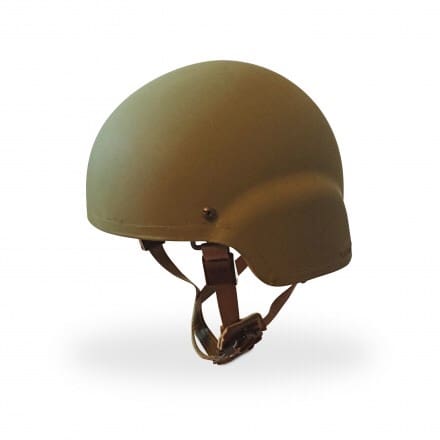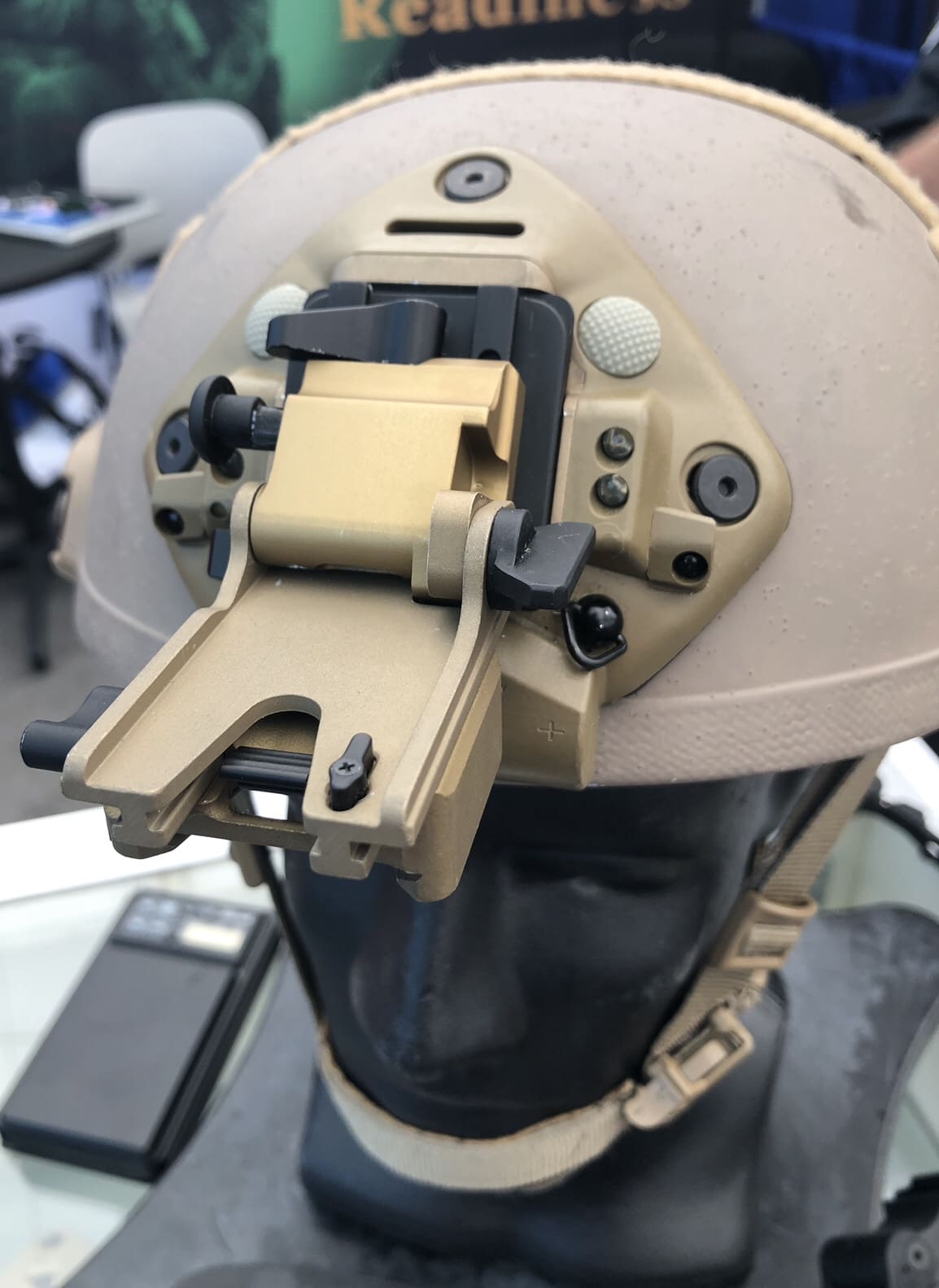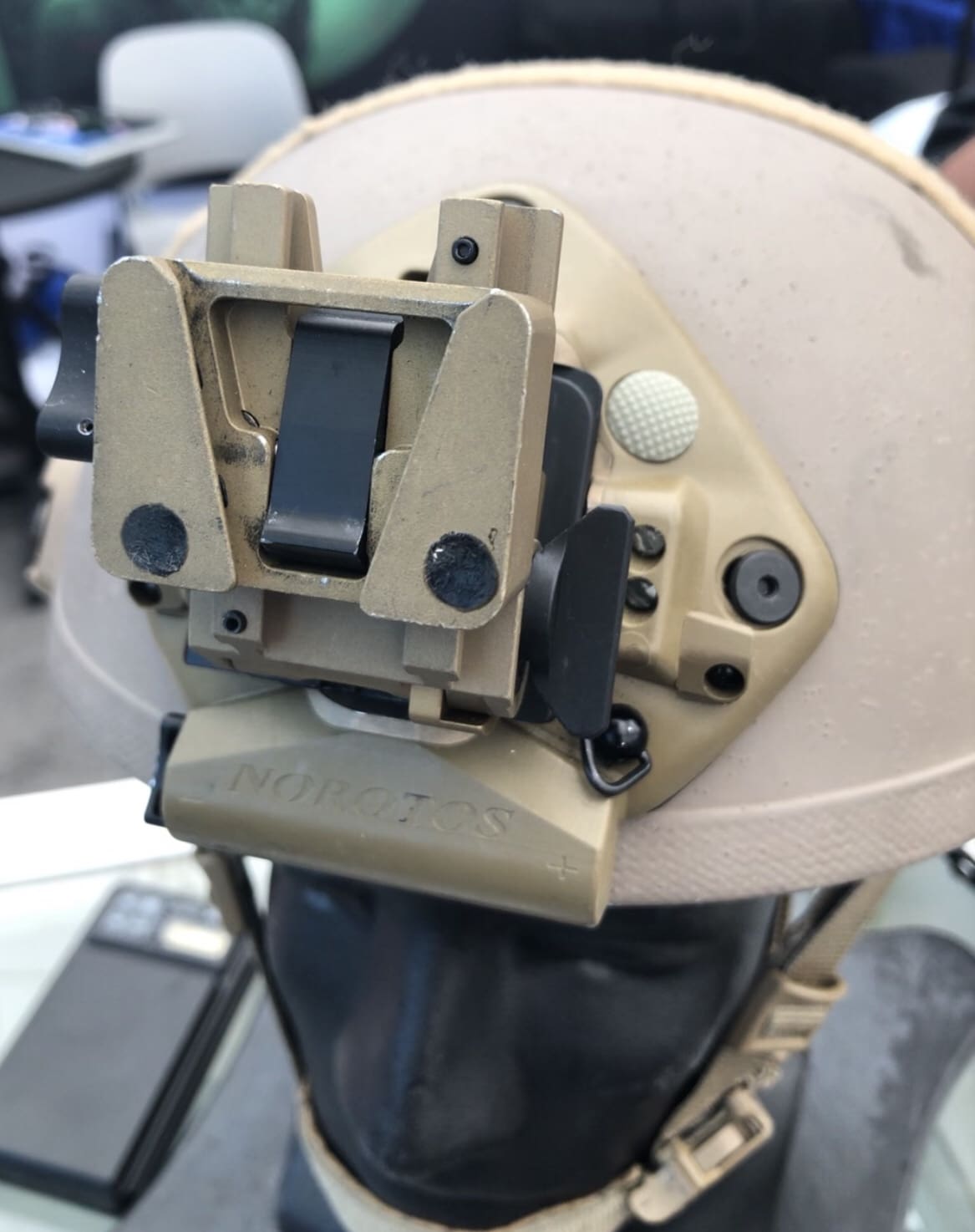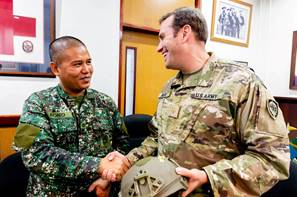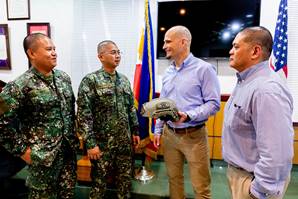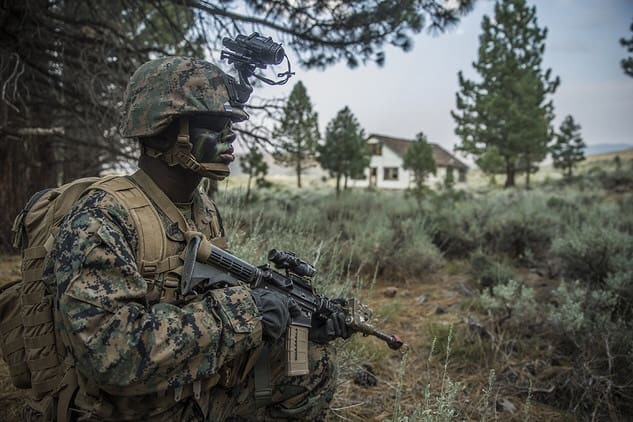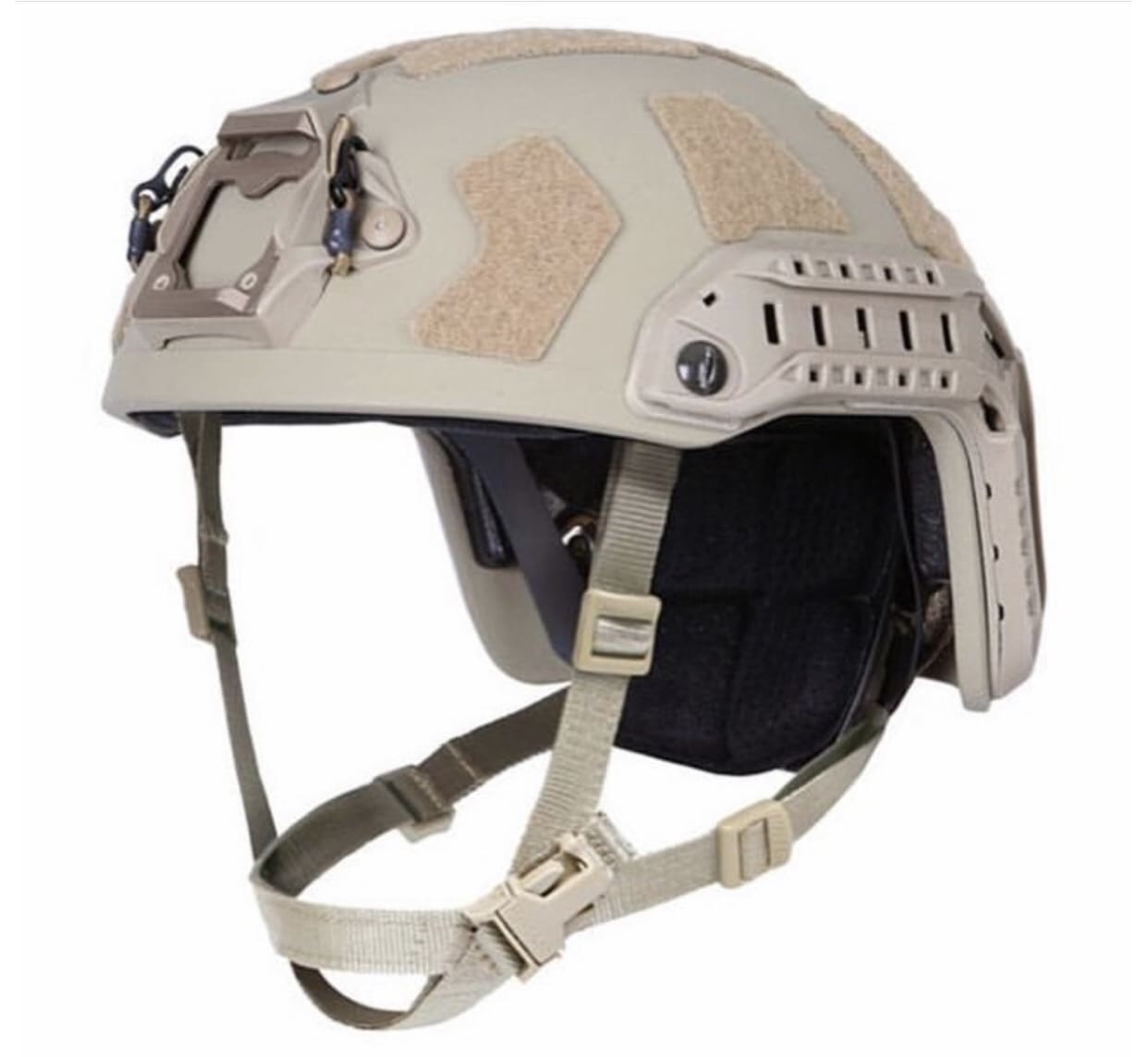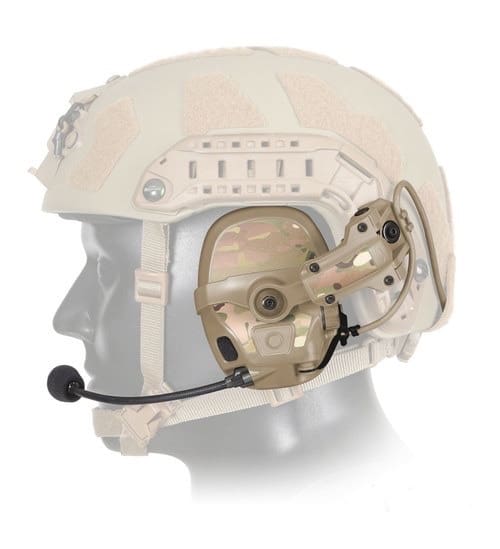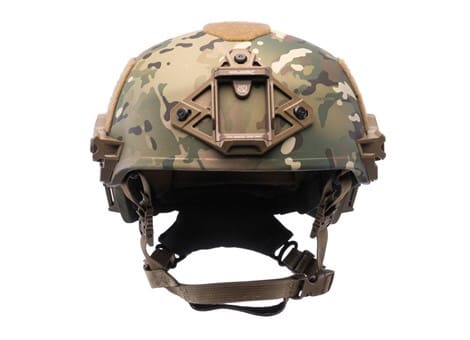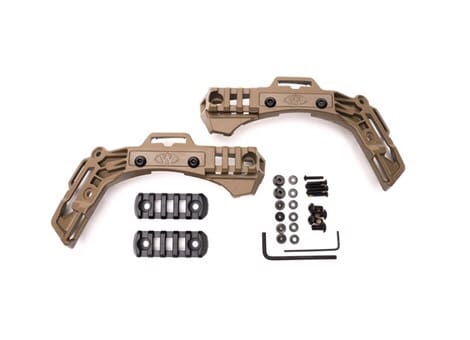Ops-Core helmet system delivers true system-level performance and innovation
May 16, 2019
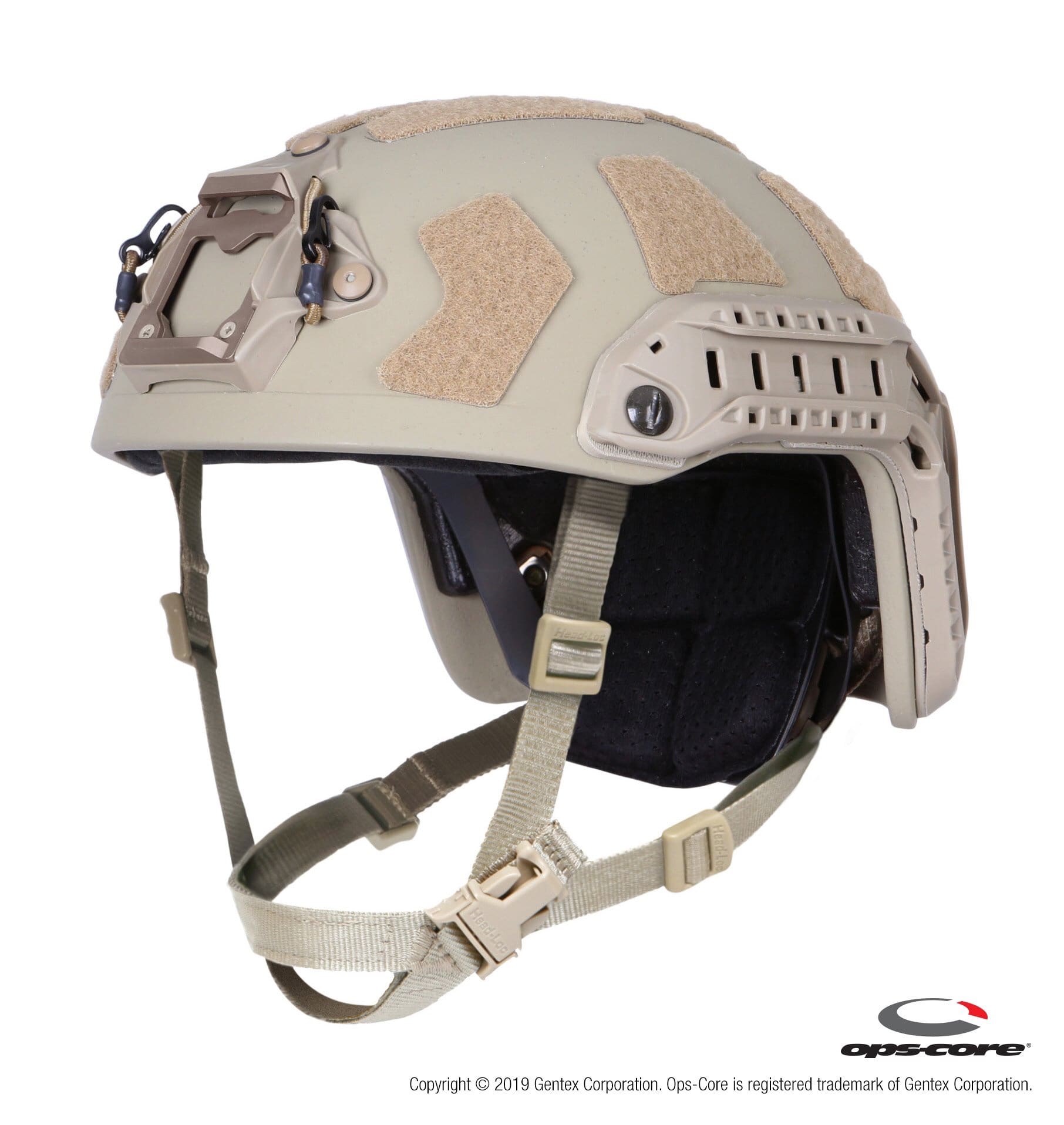
Carbondale, PA, May 16, 2019. Gentex Corporation, a global leader in personal protection and situational awareness solutions for defense forces, emergency responders, and industrial personnel, announced today that its Ops-Core® FAST helmet system was chosen by the U.S. Special Operations Command (USSOCOM) to fulfill their contract for Special Operations Forces Personal Equipment Advanced Requirements (SPEAR) Family of Tactical Headborne Systems (FTHS) — Ballistic and Non-Ballistic Helmets.
Gentex Corporation has supplied helmets and accessories driven by user input from special operations forces for SOCOM since the introduction of the Para Master High Altitude Low Opening (PM HALO) helmet in 2005 and the acquisition of Ops-Core Inc. in 2011. As the incumbent in the highly competitive bid process, Gentex Corporation received the award through full and open competition. The company utilized the latest design and technological innovations of its Ops-Core FAST SF helmet to deliver a high performing FTHS system that features improved comfort, increased stability, reduced personal signature, greater system integration and a significant weight reduction over currently fielded Ops-Core FAST helmets.
“We’re honored to have been chosen again to deliver the next generation of helmet systems for SOCOM Operators,” said Tom Short, vice president Ground Systems, Gentex Corporation. “Working directly with current operators to understand their needs, plus continued investments in cutting-edge technologies has enabled us to deliver the most advanced, innovative solutions to USSOCOM and other global defense, emergency response, and security forces.”
The new SPEAR FTHS helmet system comes in ballistic and non-ballistic versions, each compatible with all current USSOCOM headborne accessories. Separate from FTHS, new modular Ops-Core accessories include an NVG compatible Step-In Visor, a range of mandibles (including ballistic, non-ballistic, and force-on-force), and a scalable two-piece ballistic applique for the non-ballistic helmet which provides the same level of ballistic protection as the FTHS ballistic helmet. The commercially available ballistic version of the helmet system, the Ops-Core FAST SF Super High Cut Helmet System, will be on display in the company’s booth at SOF Select in the Operator Pavilion during SOFIC 2019, May 20 – 23 in Tampa, Florida.
Part of Gentex Corporation’s portfolio for defense, emergency response, and security forces, the focus and dedication of the company’s Ops-Core brand remains the same –protecting elite forces. The modular, scalable, open-architecture design of Ops-Core products allows for seamless integration and true system level performance.


